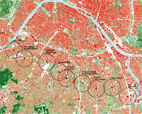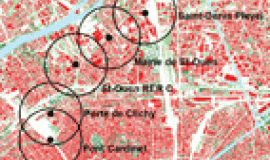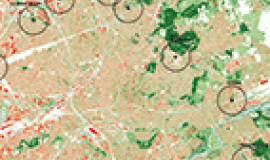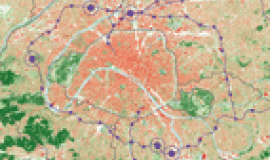
The cross-analysis of the neighbourhoods of the 16 stations served by the southern section of Line 15 which was presented to the Strategic Committee of the Societé du Grand Paris on July 20, 2014, is now available online.
The observatory examining the 16 neighbourhoods served by the southern section of Line 15 has brought to light significant differences in their relative situations: the territories traversed vary greatly in terms of density, income of the residents, amount of social housing, urban fabric and functions as well as behaviour patterns vis-à-vis transport. Dynamic comparative analyses have revealed the huge transformations of these neighbourhoods that the arrival of the RGPE – Réseau Grand Paris Express – Grand Paris Express Network- and the accompanying structural components, will generate.
Together, the cross-analysis and the monographs reveal all the differences, dynamics, potential and shared features of each station.
Certain neighbourhoods have already set large-scale transformations of their territories in motion (Pont de Sèvres already nearly complete, the Ardoines and Villejuif IGR to come). Others are preparing for the arrival of the stations in areas of tightly-knit urban fabric, where the wide-spread changes may be accelerated by modifications to urbanism regulations (Créteil L’Echat and Arcueil-Cachan). The majority of the station neighbourhoods will become new multi-functional hubs or will re-configure themselves as such and will therefore have to restructure or create the conditions in which they can be efficiently inter-functional. (Châtillon-Montrouge, Saint-Maur Créteil and Champigny Centre).
All the neighbourhoods include a rich variety of housing and urban forms, together with a significant number of green spaces (public and private).
In addition, commuting areas will double in size everywhere as the new network improves accessibility.
The work of the observatory has provided much-needed information about the territories making it easier to understand them and support their future development.





